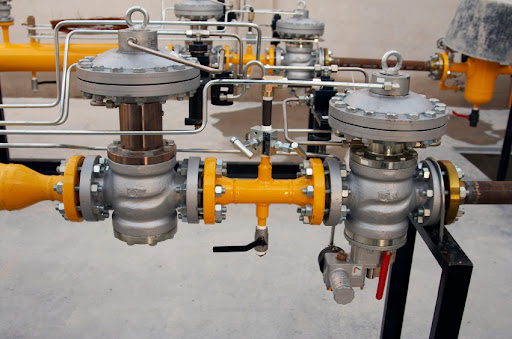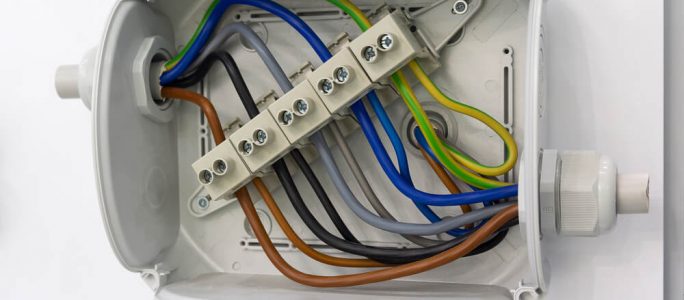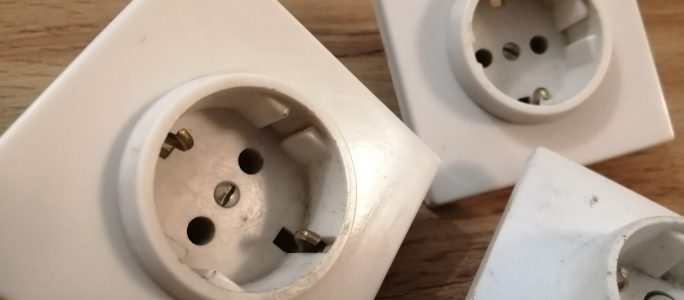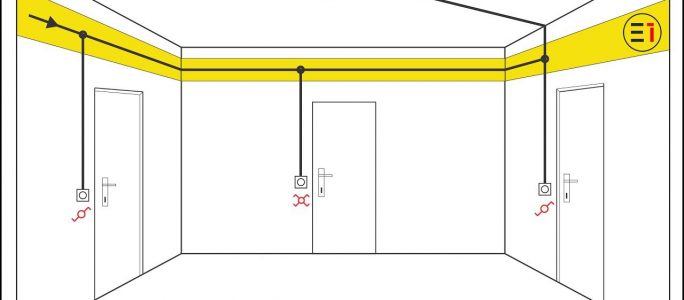Is it necessary to hire an expert for the grounding of a gas installation?
An expert in this field also calls the grounding of a gas installation equalization of potential. By equalizing the potential, all conductive pipes, construction parts and conductive surfaces with direct connection to electrical systems are connected to the PA rail and grounded. This task may not be much of a challenge for an experienced handyman, but if you have very little experience with electrical wiring, it is advisable to hire an electrician. This grounding is a regulation to protect against dangerous currents and must be done correctly.
What must be considered when grounding a gas installation?
Metal pipes must be connected to the main grounding line at the entrance to the building, after the meter, and in the case of gas pipes, after the insulated intermediate piece. For this purpose, the earthing of the gas installation can be connected directly to the equipotential bonding line or to a pipe that is already grounded. To connect the lines to the PA rail or other pipe, a ground clamp is placed around the pipe, tightened with pliers and secured with a screwdriver. The clamp must be attached to bare metal so that there is no resistance. The earth cable can then be removed and attached to the clamp. To install the cable, you can tie it into an existing cable channel, run it along a pipe with cable ties, or attach it to the wall using guides. If you installed a new ground rod, you must press the cable holder on the ground ring with a crimping tool and secure it with the ground rod.
What are the benefits of equalization?
 Grounding of the gas installation Since all live parts are earthed via the PA or main earthing rail and connected to the fuse box, the current is immediately diverted to earth in the event of a short circuit and the residual current circuit breaker (FI) is activated. This prevents dangerous electric shocks and serves as a fire protection.
Grounding of the gas installation Since all live parts are earthed via the PA or main earthing rail and connected to the fuse box, the current is immediately diverted to earth in the event of a short circuit and the residual current circuit breaker (FI) is activated. This prevents dangerous electric shocks and serves as a fire protection.
Preparations for installing the grounding of the gas installation
Look in your basement to see where the main ground rail is and measure the distance to the house”s gas pipe entrance. The equipotential bonding rod is usually attached to the wall and equipped with a white cover. It only has a thick ground wire, a single core cable and insulated green/yellow wires connected to it.
What material is needed for the grounding of a gas installation?
To ground the gas installation, you need a grounding strip and a copper grounding cable with a cross-section of at least 4 millimeters. The tools you need are combination pliers and a suitable screwdriver for the ground rail and strap clamp. If there is no grounding in your house, you also need a grounding rod, a grounding hammer, a grounding cable with a minimum cross section of 16 square millimeters, a ring cable holder and suitable crimping pliers.
Different grounding options
Previously, the main earthing rail was earthed via the water pipe network. Today, household grounding rods are mandatory and are poured into the concrete foundations of new buildings. If your house doesn”t have its own grounding conductor, it”s a good idea to place a house grounding rod directly in the gas line”s grounding course. It is driven into the ground next to the house, near the boiler room or technical room, and is connected to the equipotential bonding rail with an underground cable.






